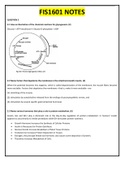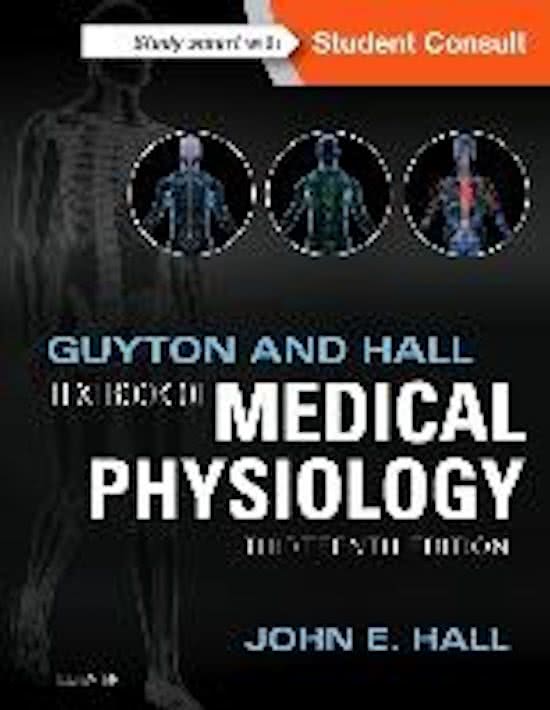Exam (elaborations)
Solved Exam Papers (Past 10 yrs covered) - FIS2601
- Course
- Institution
- Book
this documents contain all the pervious question papers with answers from last 10 yrs. in detail. this will be helpful for both exams and assignments. all the case study type questions/ true false and essay type are covered. best of luck for the upcoming exam!
[Show more]




